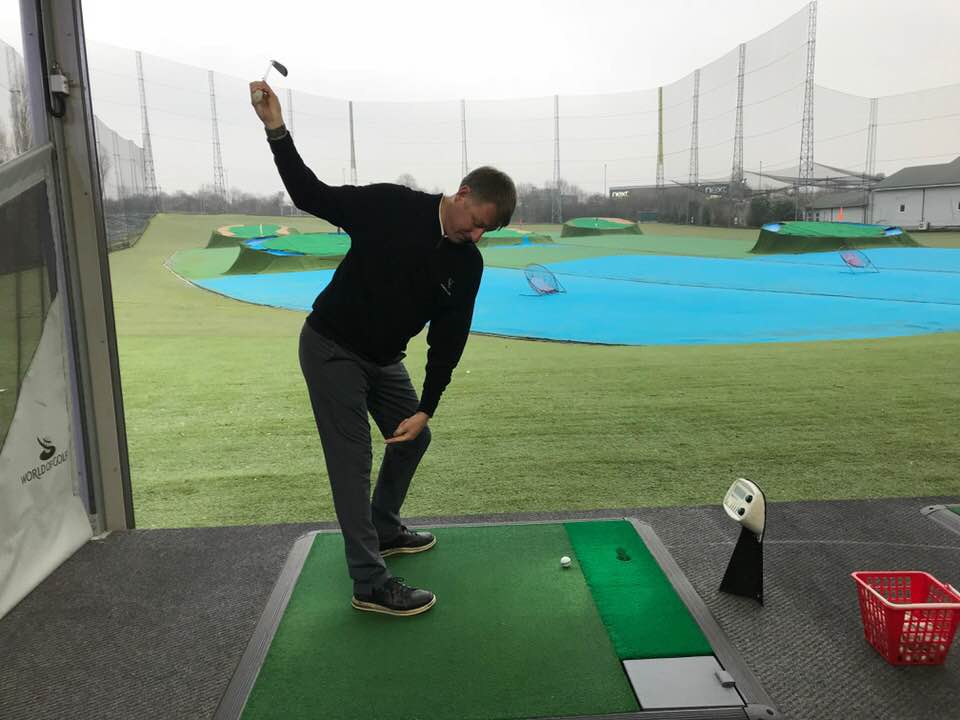How adjusting golf ball position can affect ball flight
GOLF INSTRUCTION: Shot data changes when the ball is front, middle and back of your stance...
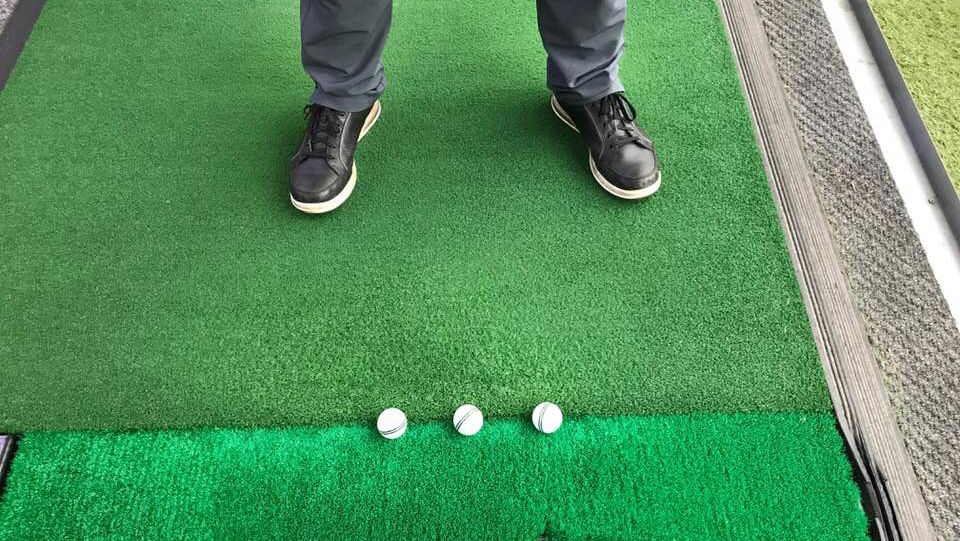
Understanding how different golf ball positions in your stance can affect ball flight can prove one of the most prudent things to work on during your practice sessions.
Ball flight and ball position are directly related. The ball flight that is achieved when the ball leaves the club face is a direct result of the ball position that you used for the shot, in addition to a number of other factors.
With that in mind, you can use adjustments in your ball position to create different shots on command. This is a valuable skill to have as you try to work your way around a golf course.
NEW: CORRECT GOLF BALL POSITION WITH EVERY CLUB IN YOUR BAG
The most common use for changing ball position is to hit the ball either higher or lower.
We caught up with World of Golf master professional Duncan Woolger to learn more...
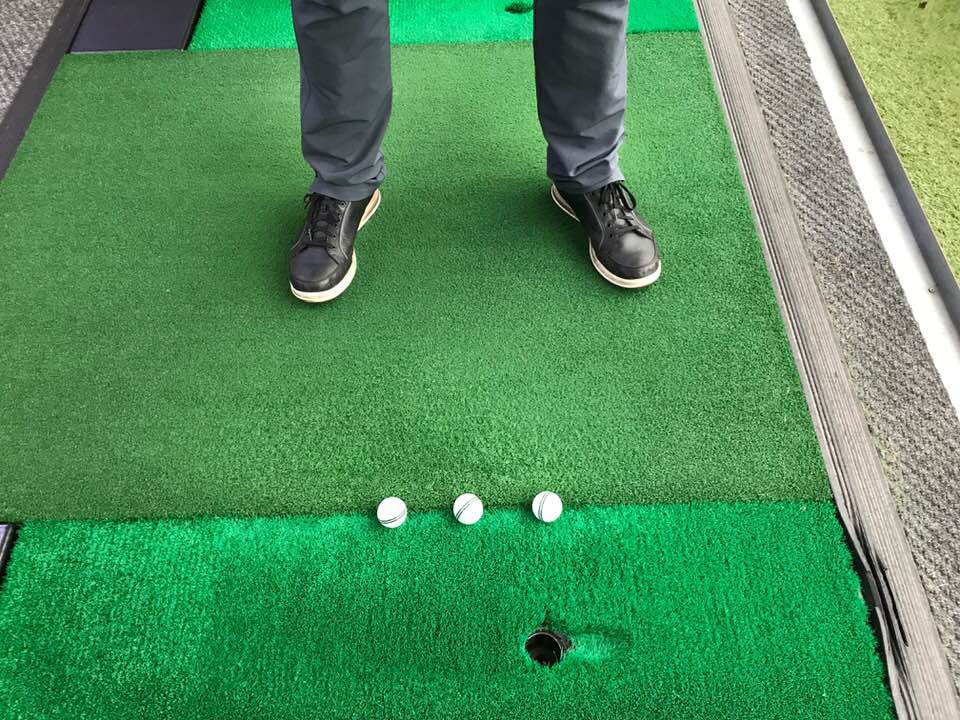
When you move the golf ball forward, you're going to have a little bit more loft on the club. So you may increase the ball flight a couple of degrees, between 2 and 4 degrees. So instead of going your normal height, it might go your 9-iron height but still your 8-iron yardage just by moving the ball forward. The reverse is true as well.
The only thing you've got to be careful of if you move the ball position forwards or backwards is that this is going to change the attack angle and the path. So a ball position coming more forwards, the path is going to be more to the left. If you put the ball back in your stance, the path is going to be more to the right.
Generally speaking, if you put the ball back in your stance you will increase your attack angle so you come down on it more. If you put the ball forward, you will shallow out your attack angle so you're not hitting down on it anywhere near as much. This is why the long drive guys tee the ball up well forward to they're hitting up on it.
Let's take a closer look at the difference in shot data of an 8-iron when the golf ball is positioned in the middle and then in the front and back of the stance...
MIDDLE OF THE STANCE
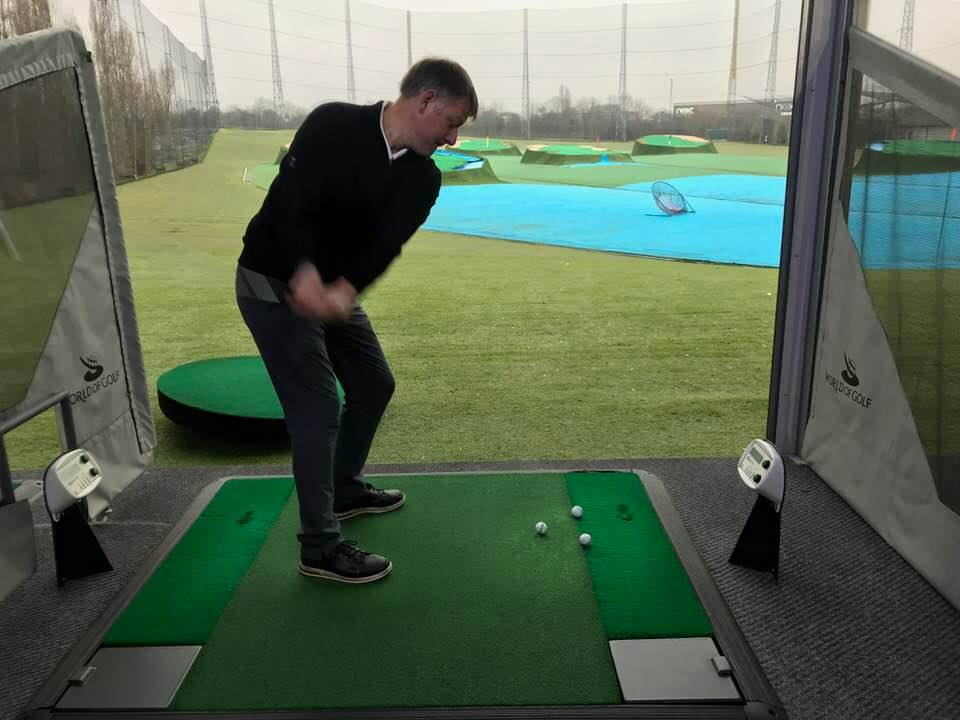
STATS:
CARRY: 123.7 YARDS
TOTAL: 128.4 YARDS
SPIN RATE: 8890 RPM
LAUNCH ANGLE: 19.4 DEG
DYNAMIC LOFT: 28.6 DEG
ATTACK ANGLE: -2.9 DEG
CLUB PATH: -3.7 DEG L
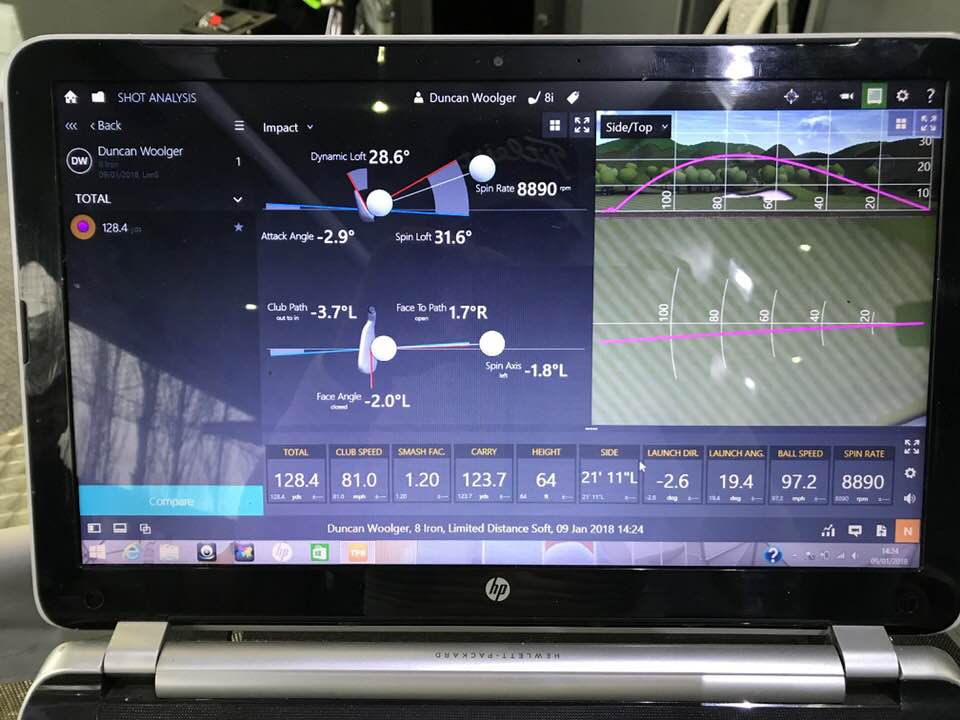
FRONT OF THE STANCE
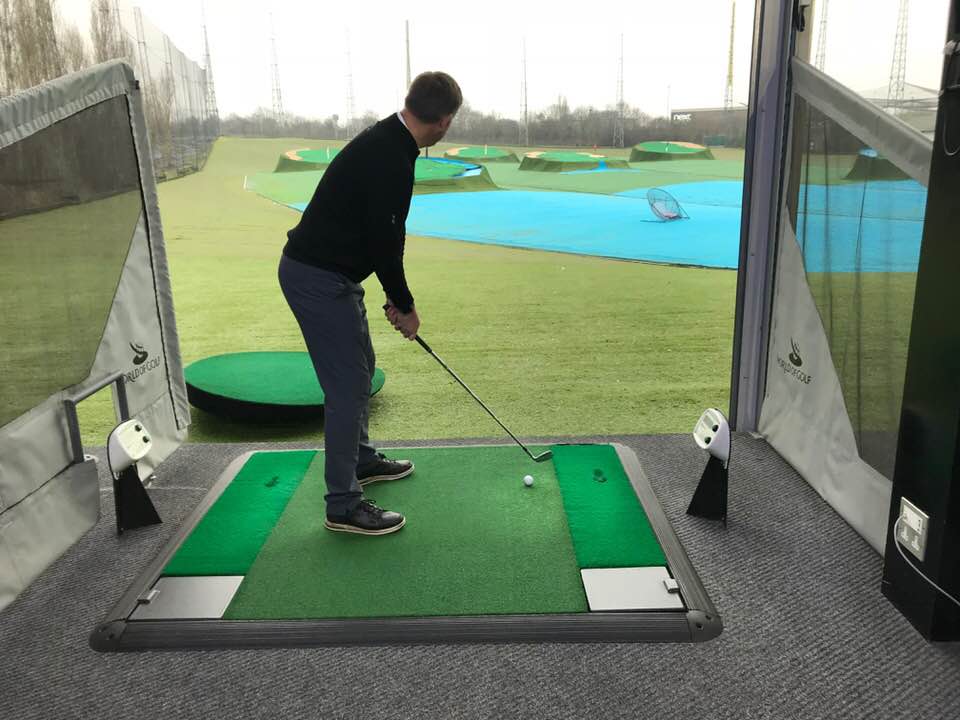
STATS:
CARRY: 118.7 YARDS
TOTAL: 121.4 YARDS
SPIN RATE: 9991 RPM
LAUNCH ANGLE: 21.3 DEG
DYNAMIC LOFT: 31.8 DEG
ATTACK ANGLE: -1.9 DEG
CLUB PATH: -7.4 DEG L
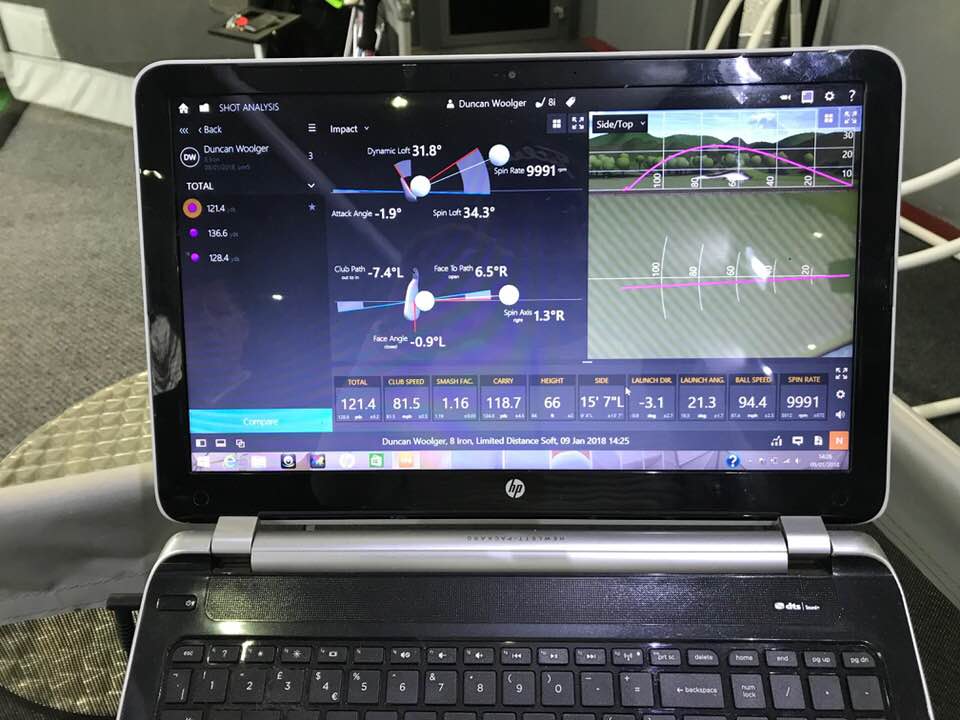
BACK OF THE STANCE
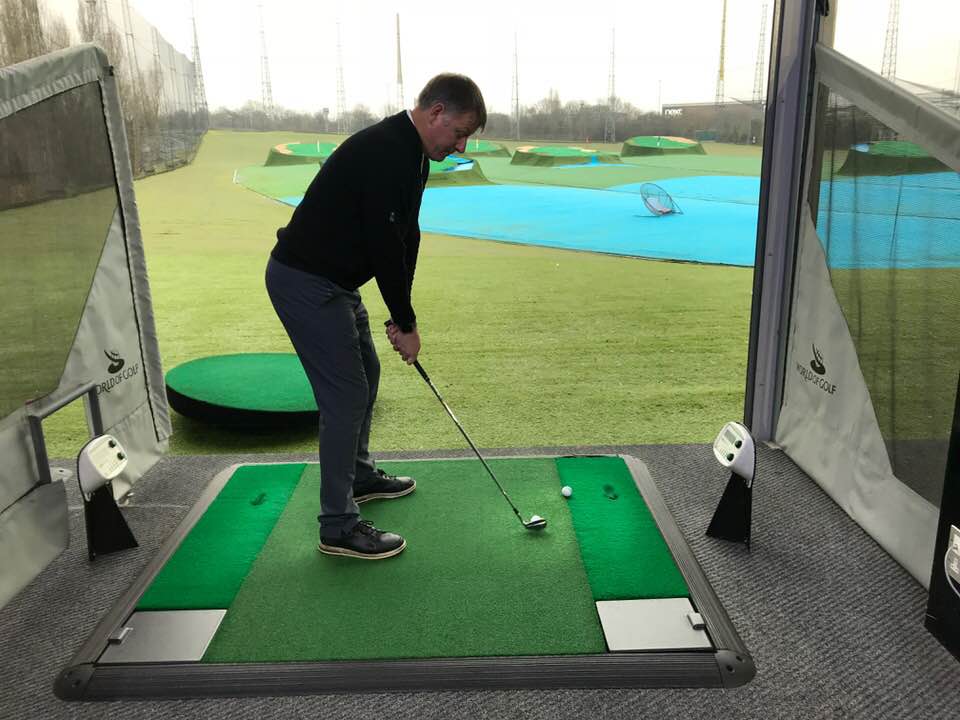
STATS:
CARRY: 129.7 YARDS
TOTAL: 136.6 YARDS
SPIN RATE: 7856 RPM
LAUNCH ANGLE: 17.2 DEG
DYNAMIC LOFT: 25.1 DEG
ATTACK ANGLE: -2.1 DEG
CLUB PATH: 5.1 DEG R
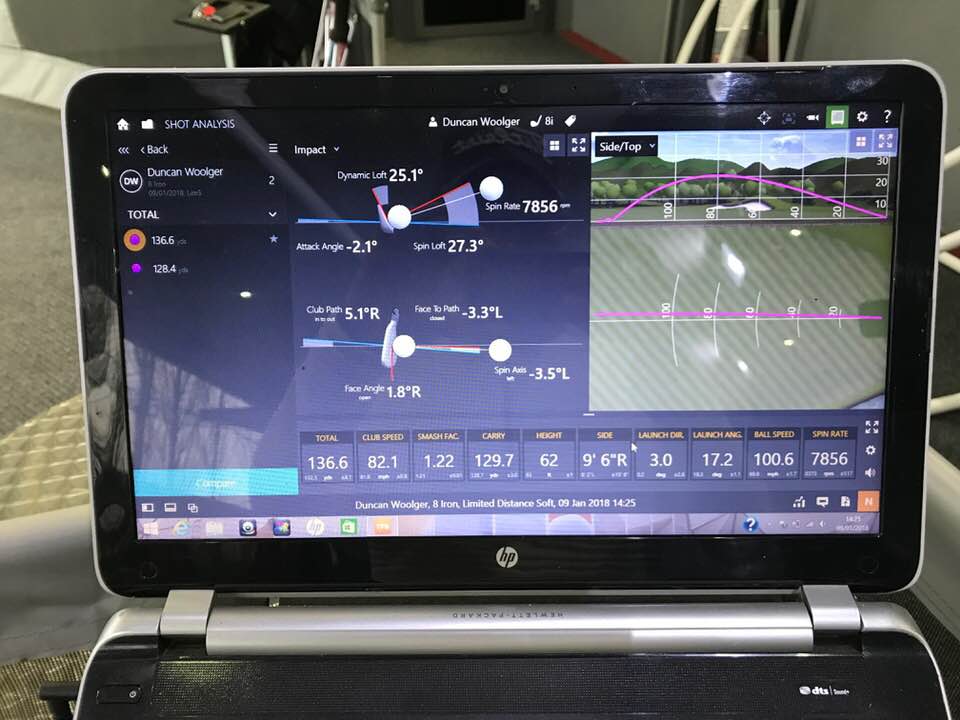
As you can see from these results, carry distance was six yards longer (129.7 yards) with the ball back in the stance than normal (123.7), and five yards shorter than normal when off the front foot (118.7).
Spin was stronger with the ball played off the front foot at 9991 RPM as opposed to 8890 RPM (normal) and 7856 RPM (back), and launch angle was obviously higher off the front at 21.3 degrees instead of 19.4 degrees (normal) and 17.2 degrees (back).
You can also notice how the club path, as expected, was 5.1 degrees right when played off the back foot and -7.4 degrees left off the front.
